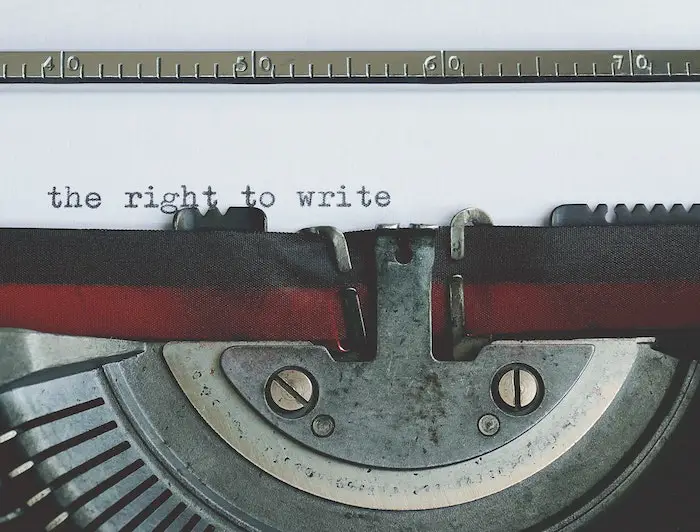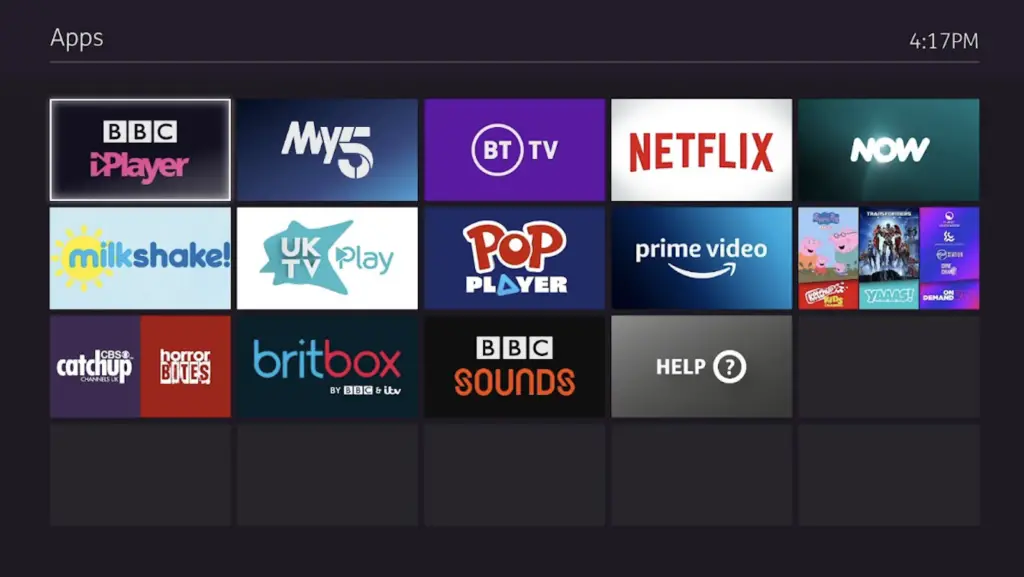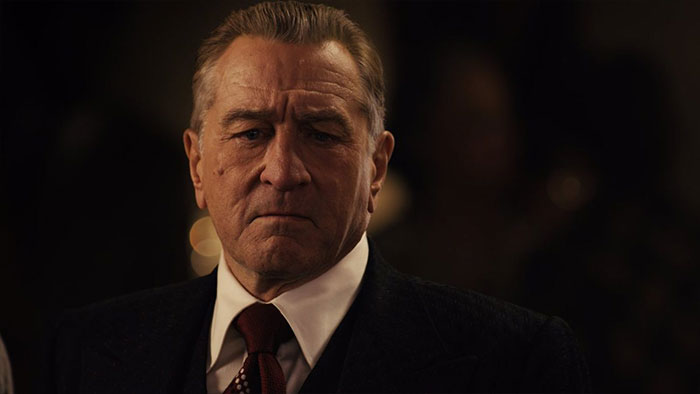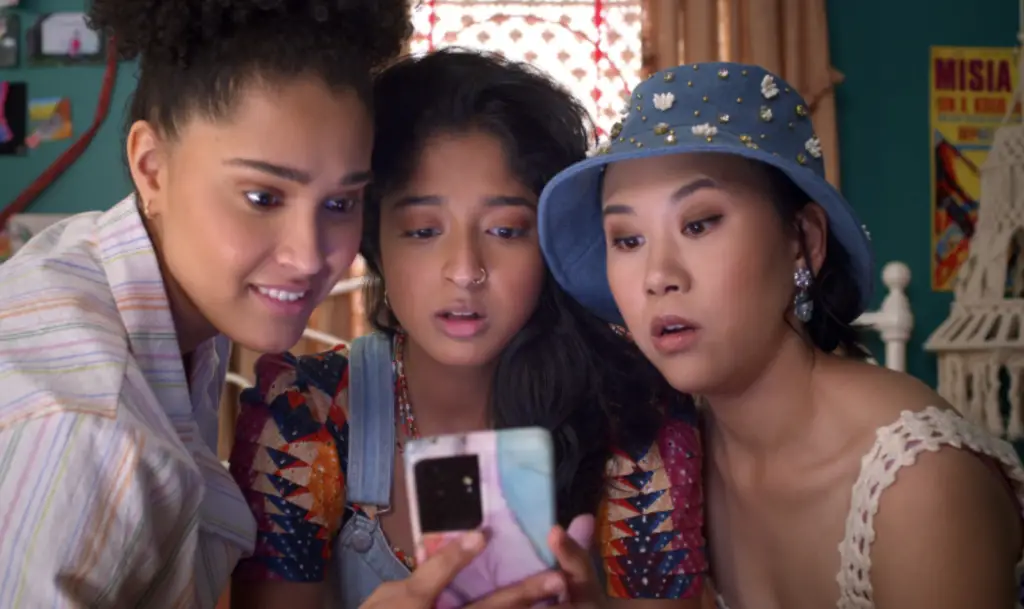
Perhaps the most difficult part of writing a screenplay is convincing a production company to actually make it into a film. No matter how gripping your storytelling, engaging your characters, and witty your dialogue is, your screenplay will be destined for the bin if certain (unfortunately common) errors are made. But what are these errors? Here are seven things to avoid when writing a screenplay.
Expensive Locations or Special Effects
Of course, there are plenty of films with huge budgets. These films are often made by writers and directors who have already “proven” themselves with lower-budget films that made production companies good returns on their investments. Although Star Wars: The Last Jedi had a budget of over $200 million, writer/director Rian Johnson’s first feature Brick was produced with just $450,000.
Keep your first film confined to as few locations and as small a cast as possible to keep costs low and avoid studios viewing your script as financially risky. There is another option — producing your film yourself. Many filmmakers choose to start their own production companies. If you’re not sure what to call your production company, you can generate film production names here.
Incorrect Formatting
One thing that will ensure that your script reader doesn’t even get to the end of the first page is incorrect formatting. This is obvious in a matter of seconds and shows that you’re unfamiliar with the industry and haven’t taken the time to do your research.
Even if you’ve written for other formats (e.g., the stage), you need to learn the specifics of a film screenplay format. Common mistakes include incorporating the synopsis, logline, or cast list. Before starting, learn how to format a screenplay correctly.
Camera Directions

Another common mistake for first-time screenwriters is including camera directions. Avoid adding “CLOSE UP:”, “PAN LEFT:”, or even “the camera moves down the hallway, showing us various types of student”. Directing the camera is a director’s job, not a writer’s!
The exception to this rule is if you will be directing the film yourself — and even then, it’s usually wise to write the standard (or “spec”) script before adapting it into a separate “shooting script” that includes camera directions. Of course, if you are producing the film yourself, you may be able to break these rules.
Specific Music Cues
Specific song titles for soundtracks are best avoided for the first-time screenwriter looking to get their film made by a production company. Licenses must be obtained from record companies in order to use songs in films, and too many specific music cues in a script can look like a lot of extra work and costs for producers.
Instead of using specific song titles, you can write directions like “Laura is listening to classic ‘90s hip-hop in her apartment”, or even add “something like” — e.g., “Laura is listening to music (something like Ice Cube’s “It Was a Good Day”) in her apartment”.
Irrelevant Scenes and Dialogue

Every scene in a screenplay needs a purpose. A scene, however short, must do at least one of the three things: advance the plot, provide relevant background information, or reveal something about a character.
This applies to dialogue too. Although you want the conversations to seem realistic (in most cases, at least) to immerse the reader/viewer, most of the conversations we have and hear daily simply wouldn’t make for good dialogue. Dialogue should omit the kind of tangents, non-sequiturs, and lack of focus that most real speech has. Think of dialogue as the “highlights” of real speech rather than an exact replication of it.
Unrealistic Exposition
Although dialogue often needs to provide information, avoid this being unrealistic. For example, a realistic character would never ask their spouse “How was your day working at the insurance company?” — they would know where they worked and never phrase it like that! One of the hardest parts of writing a screenplay is revealing this information to the audience in a realistic way that doesn’t stick out — to master this, check out examples of effective exposition and what makes them work.
Unfilmable Descriptions
Many novice screenwriters approach scene descriptions as if they were writing prose. A screenplay exists to describe what happens onscreen. For example, “Laura enters. She is nervous about what is in the room”, provides no useful information for a director. We can’t see feelings, only how they may be expressed.
A better scene description for a screenplay would be “Laura enters, looking around her with a cautious expression.” A director can picture this, and an actor can replicate it physically. Remember, cinema is a visual medium!
Conclusion
Reading the screenplays of your favorite films is a great way to understand what makes an effective screenplay. You may notice one or more of these rules being broken — as with any creative format, “rules” are often more flexible than concrete! It’s usually best to understand the rules before you break them. As well as knowing what to avoid in your first screenplay, you’ll also need plenty of inspiration and passion for your project.





